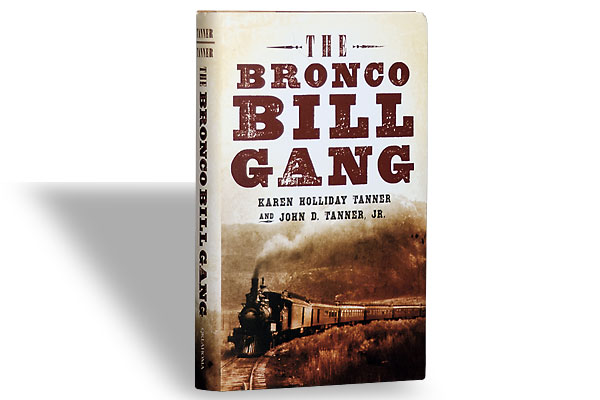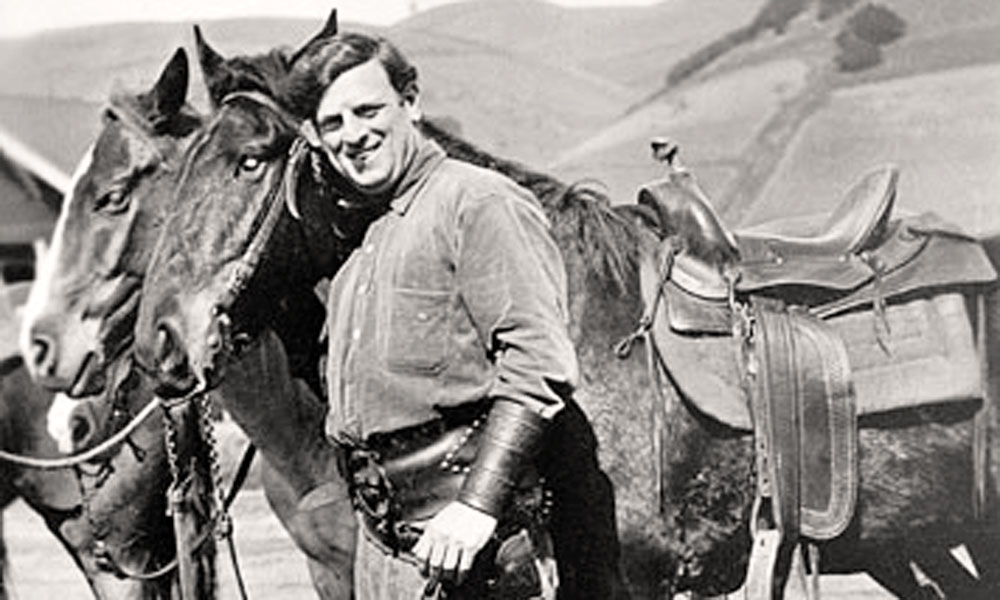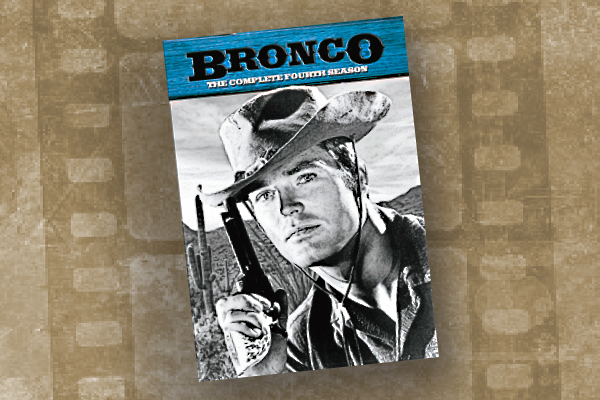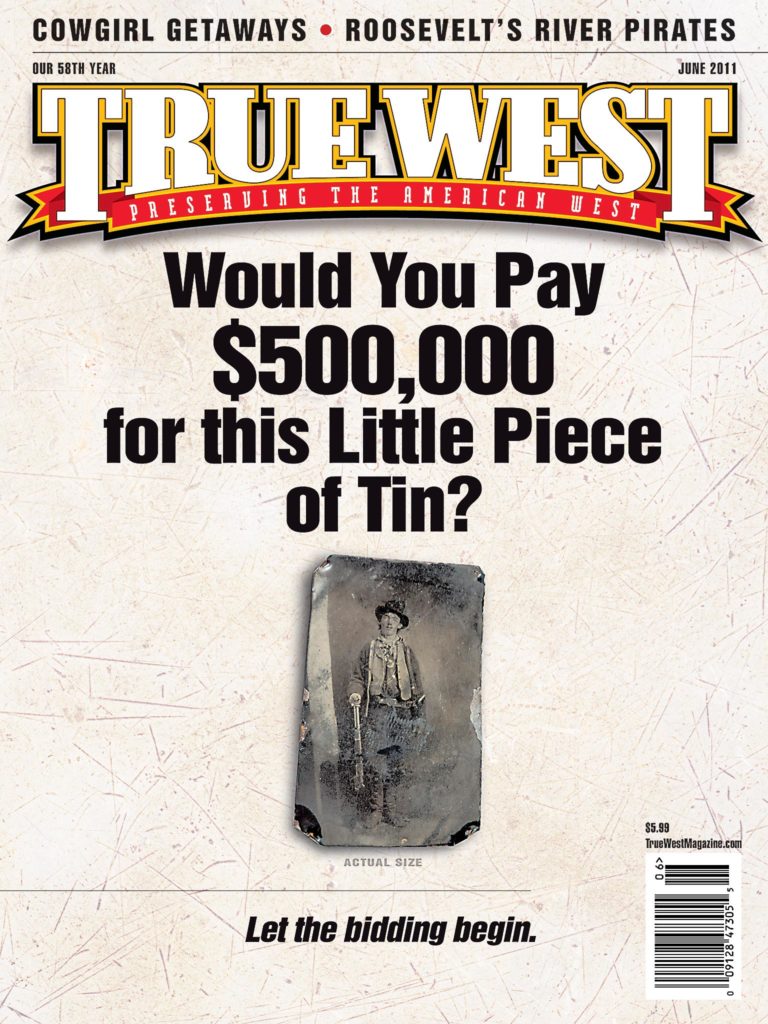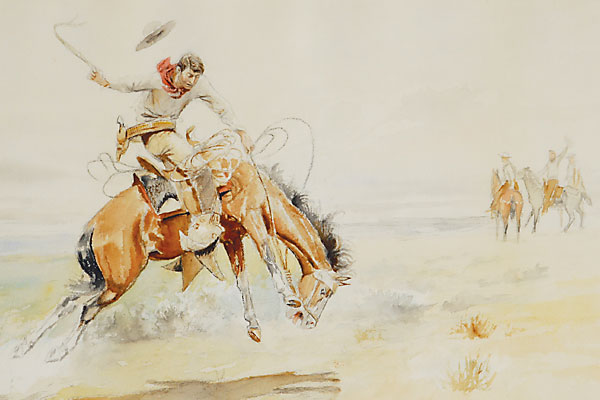 “I never got to be a bronk rider but in my youthfull days wanted to be, and while that want lasted I had a fine chance to study hoss enatimy from under and over,” Charles M. Russell wrote to fellow cowboy artist Will James on May 12, 1920.
“I never got to be a bronk rider but in my youthfull days wanted to be, and while that want lasted I had a fine chance to study hoss enatimy from under and over,” Charles M. Russell wrote to fellow cowboy artist Will James on May 12, 1920.
Russell’s knowledge of horse anatomy would bring him recognition as a master of cowboy art; in this regard, his New Yorker peer, Frederic Remington, often fell flat.
This spring, both artists’ portrayals of bronco busting hit the auction block. Russell’s 1894 watercolor The Bronco Buster bid in for $200,000 at the C.M. Russell Museum in Great Falls, Montana. Cast 37 of Remington’s first bronze, The Bronco Buster, copyrighted in 1895, bid in for $175,000 at Cowan’s Auctions in Cincinnati, Ohio.
Remington had based his work on a photo of a cowboy that also likely inspired his 1892 illustration A Pitching Bronco. Surprisingly, a photographer would be the one to point out the flaws behind the artist’s portrayal. In 1909, Harry Peyton Steger asked Erwin E. Smith to comment on Bronco Buster. “Well—the man who did that is an artist, of course; but he’s not a cowboy,” Smith responded.
Smith later added, “Neither is his rider, if I am right in believing that his one hand is grasping the horse’s mane and the other fist clutches the quirt. . . . This quirt ought to hang from the wrist by the thong, or else be held in the first two fingers. This rider holds his as a policeman does his club.”
Steger went on to write: “Mr. Smith declares that Mr. C.M. Russell is the only artist who has truthfully captured the cowboy and painted him in action and as he is.” Perhaps Smith had Russell’s 1894 watercolor in mind, as that cowboy’s quirt dangles from his wrist.
Russell had earned respect as a cowboy artist because he, well, was a cowboy. He began riding Montana’s Judith Basin range by 1883. “Teddy Blue” Abbott’s We Pointed Them North sheds light on who likely inspired Russell’s cowboy in The Bronco Buster: “. . . one time I asked [Russell] where he found all those good-looking cowhands he drew. He said, ‘Over at the DHS.’” Abbott had first met Russell during an 1885 spring roundup at the DHS Ranch.
Even so, Remington’s bronze is the more famous of the two works. An original Bronco Buster cast resides in the White House, and Theodore Roosevelt’s Rough Riders presented him with a cast after Cuba had won its independence in 1898. A touched Roosevelt told his troopers: “The cow-puncher was the foundation of this regiment, and we have got him here in bronze.”
“In the language of the cowboy of Montana,” DHS manager Granville Stuart wrote, “[broncho busting] means breaking in a wild horse to the saddle and here the cowboy is in all his glory. To sit his broncho no matter how high he bucks or how hard he comes down . . . in the presence of the assembled roundup, and thus win the proud title of ‘Broncho Buster,’ this it is that renders life worth the living to the cowboy. . . .”
Russell’s former employer wrote this for the cowboy artist’s first published portfolio, 1890’s Studies in Western Life. Four years later, at the age of 30, Russell would paint The Bronco Buster. He had not yet met Nancy, who he would marry in 1896. And although he already had earned fame in Montana as the “cowboy artist,” due to his 1887 postcard-print Waiting for a Chinook, his worldwide fame was still to come.
Ironically, these two of our most famous Western artists have seemingly switched roles in modern times. Remington’s record auction price is for another horse-and-rider bronze, The Wounded Bunkie; $5.08 million at Sotheby’s New York. As for the cowboy artist, his Indians take the cake, with Piegans having sold for a record $5 million at Coeur d’Alene Auction.
Also among the spring lots shown are March in Montana lots that, along with Russell’s bronco, sold during Western Art Week in Great Falls.


